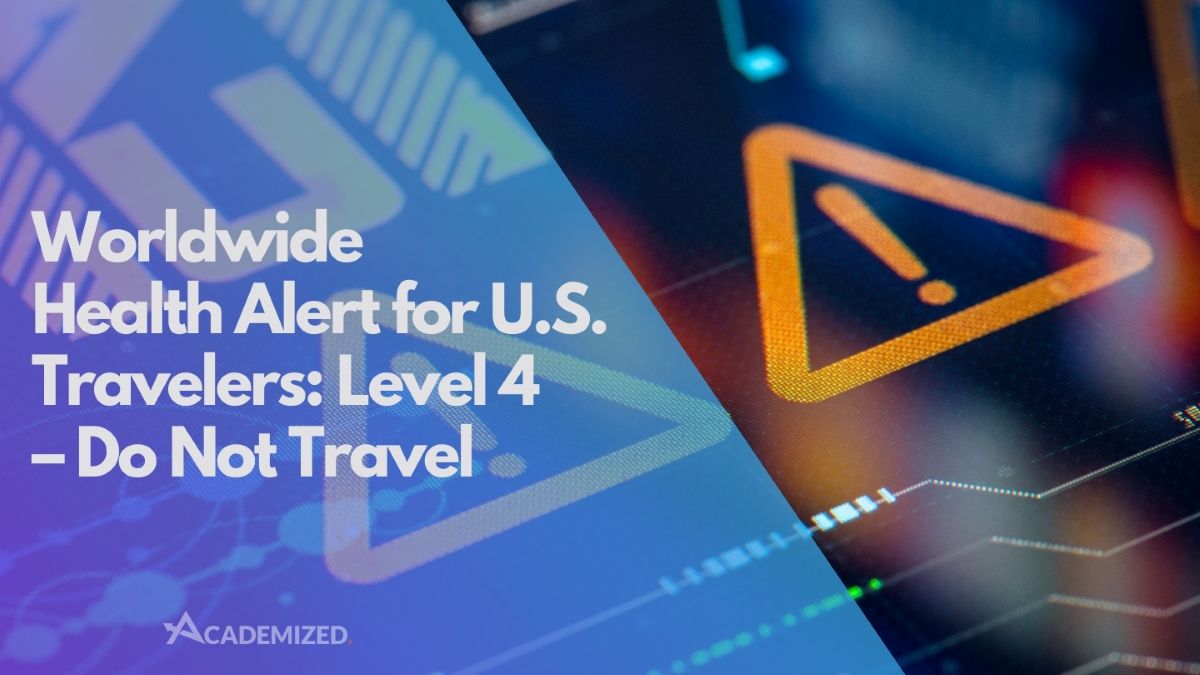
Suspension of Routine Visa Services at U.S. Embassies and Consulates
The global spread of COVID-19 caused massive disruptions to travel, immigration processes, and diplomatic operations. As part of the response, the U.S. Department of State took significant steps to protect both the public and its staff by reducing in-person interactions. One major change included the temporary suspension of routine visa services at all U.S. Embassies and Consulates around the world. This decision was made in line with global public health guidelines and the rapidly changing nature of the pandemic.

Meet Governor Tim Walz
Governor Tim Walz has dedicated his career to serving the American people, fighting for working families, and ensuring economic opportunity for all. At 17, he enlisted in the Army National Guard, where he served for 24 years, eventually reaching the rank of Command Sergeant Major. Thanks to the GI Bill, he earned his college degree and later became a high school teacher and football coach, leading his team to a historic state championship. His deep connection to rural America helped him win a congressional seat in a Republican-leaning district, where he worked to support farmers and small-town communities.

Labrador Retriever Most Popular Breed 28th Year Row
For the 28th consecutive year, the Labrador Retriever has remained the most popular dog breed in the American Kennel Club (AKC) registry, an achievement unmatched in AKC history.

Aaron Bernstein Biography
Dr. Aaron Bernstein is the Interim Director of The Center for Climate, Health, and the Global Environment at the Harvard T.H. Chan School of Public Health (Harvard Chan C-CHANGE). He is also a Boston Children’s Hospital pediatrician and an Assistant Professor of Pediatrics at Harvard Medical School. His work centers on the effects of the climate crisis on children’s health and advancing practical solutions to mitigate its causes and improve global child well-being.

Worldwide Health Alert for U.S. Travelers: Level 4 – Do Not Travel
The Department of State strongly advises all U.S. citizens to avoid international travel because of the worldwide effects of COVID-19. In countries where commercial flights are still running, U.S. citizens living in the United States should arrange to return home immediately, unless they are ready to stay abroad for an unknown time. U.S. citizens living in other countries should also avoid traveling internationally.

Maximizing Email Marketing Effectiveness in a Crowded Inbox
There’s a reason your inbox always feels overloaded: email marketing works. Companies, however, can take steps to make sure every message they send has a purpose and makes an impact.

The China-North Korea Relationship
China is North Korea’s most critical ally, largest trading partner, and primary supplier of food, weapons, and energy. Over the years, China has helped support the regime now led by Kim Jong-un and has generally resisted strong international sanctions against North Korea. Its main goal has been to prevent the collapse of the regime and avoid a potential flood of refugees across its border.

How Sleep Quality Impacts Health: Understanding Circadian Rhythms, Chronic Diseases, and Heart Health
Sleep is not just rest – it is the foundation of health and well-being. Good sleep promotes physical recovery, mental focus, and better mood. It’s also key to managing health issues such as diabetes, obesity, and cardiovascular disease. Bad sleep messes up your body’s systems and creates long-term medical issues. We can learn about the effects of sleep, from light exposure to circadian rhythms, and make smarter decisions to live better lives.

Mental Health: Renewing the Case for Employer Investment
With one in six workers experiencing a mental health issue at any given time and stress accounting for nearly half of all health-related lost workdays in Britain, the connection between mental health and the workplace is both significant and complex.

A Guide to the Individualized Education Program
Every child in public school who qualifies for special education and related services is required to have an Individualized Education Program (IEP). Each IEP is created for a specific student and must be tailored to meet their individual needs. The IEP serves as a platform for collaboration among teachers, parents, school administrators, related services staff, and the student (when appropriate).
